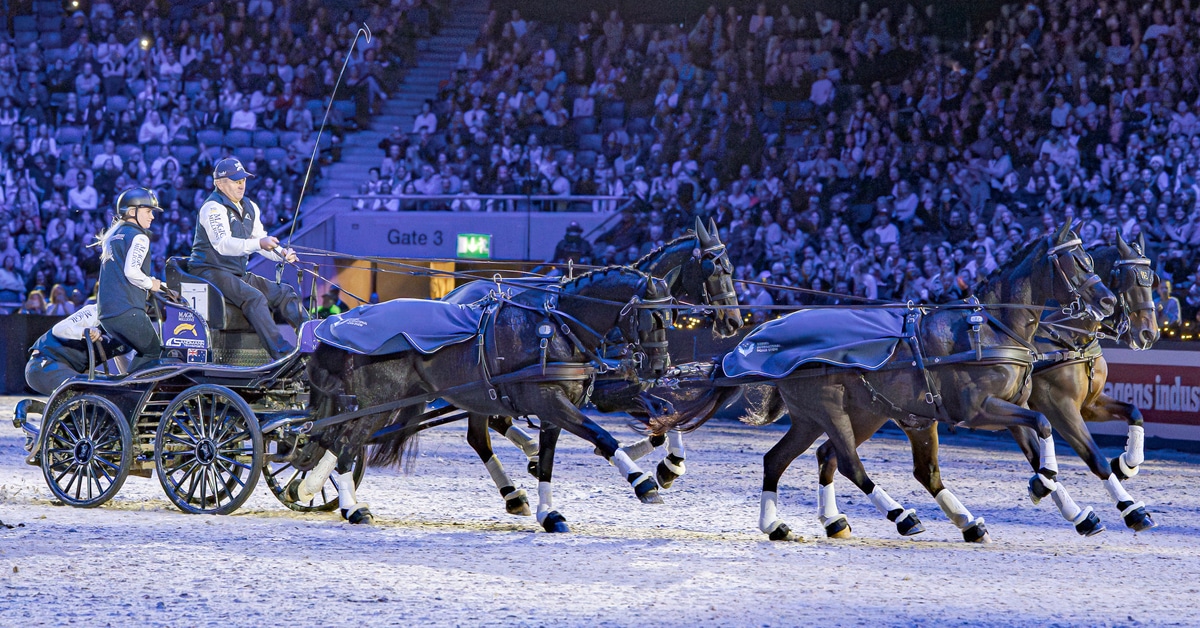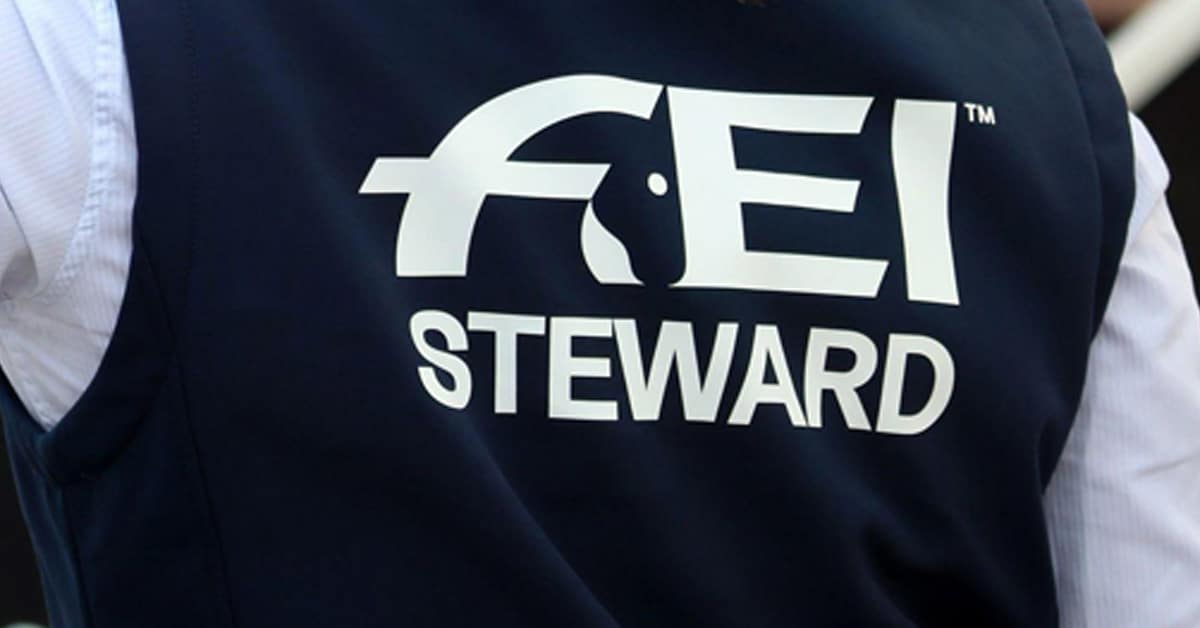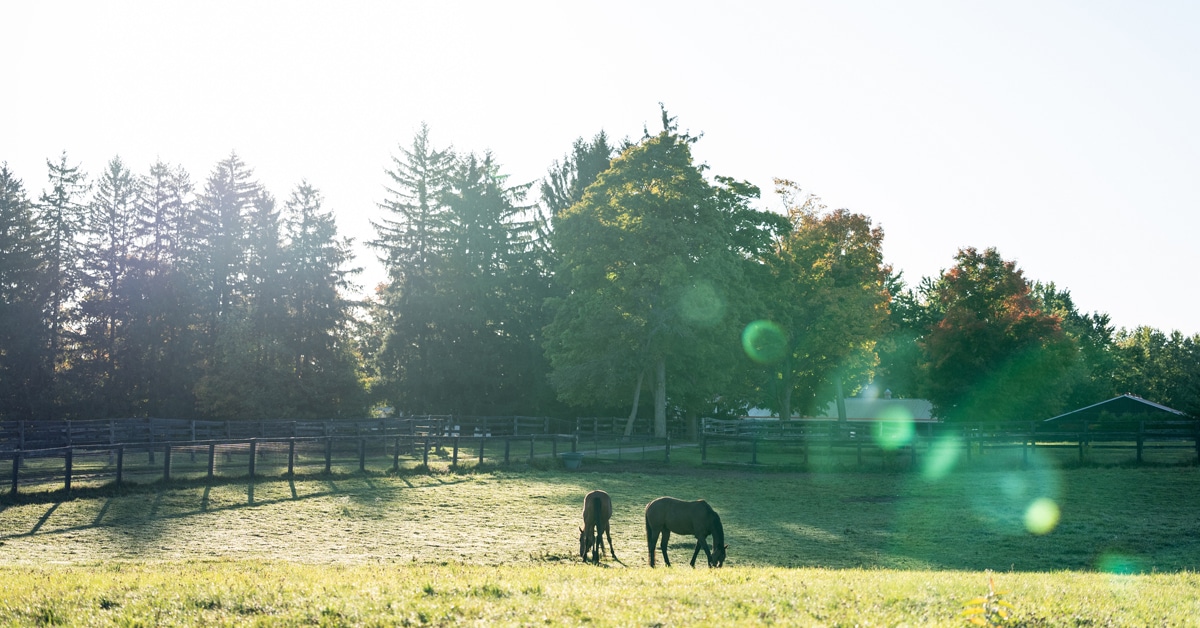Leading figures in eventing including 5* course designer Mike Etherington-Smith and Australian Olympian Paul Tapner have given evidence on cross-country fence safety at an inquest in Sydney, Australia, into the deaths of young riders Caitlyn Fischer and Olivia Inglis.
Last week, the combined hearing mostly dealt with the human aspect of the two tragedies – Olivia, 17, at Scone Horse Trials in March 2016 and Caitlyn, 19, at the Sydney International the following month. During her evidence, Olivia’s mother Charlotte Inglis told the inquest she raised concerns regarding the jump with officials hours before the fatal fall.
Today (May 21st) New South Wales Deputy State Coroner Derek Lee moved on to consider possible causes of both rider deaths in more detail. He heard that the jump at which Olivia died was technically safe – though Tapner testified it was “below par.”
Tapner, who personally survived a rotational fall at Badminton said: “If I was a rider there [at Scone] I would have liked something to be changed about that jump.
“I would be exceptionally unhappy to jump that without a discussion with the course designer and technical delegate about how it could be made safe.”
The jump was painted white and the back rail raised 3cm but did not include a groundline or frangible pins. “Far too many variables and far too many risk-mitigating features are not included,” Tapner said.
An incident investigation showed the fence where Olivia died did not meet “at least three” FEI cross country guidelines, according to the Inglis family’s counsel Peggy Dwyer.
Etherington-Smith, plus other senior officials Grant Johnston from Australia and Britain’s Alec Lochore, all believed the Scone jump was safe. Etherington-Smith emphasised that FEI guidelines were not rules. “It’s not a black and white science, what we do.”
Lochore similarly was “perfectly comfortable with that fence” though all three would not have designed the jump as it stood.
They were unanimous, though, that the jump where Caitlyn died at the Sydney International was safe and attributed her fall to horse error. He clipped the rail with his forelegs.
Tapner said he had watched the video of the Sydney incident many times and felt the horse had been distracted by something in the distance because his head was “too high” and his ears pricked.
In New South Wales, the Coroner will often hold joint-inquests into fatalities occurring in different places where there are common likely matters of concern. He then make recommendations for future best practice.
The hearing into the eventing fatalities is expected to last two weeks. The national federation, Equestrian Australia (EA) is not making any comments while the legal process is ongoing.
After the 2016 fatalities EA made frangible technology available to all events across the country, with funding boosted by a donation from billionaire philanthropist Terry Snow. EA also has a programme for riders who would like to learn “how to fall,” which about 2,000 people have taken to date.
More News









